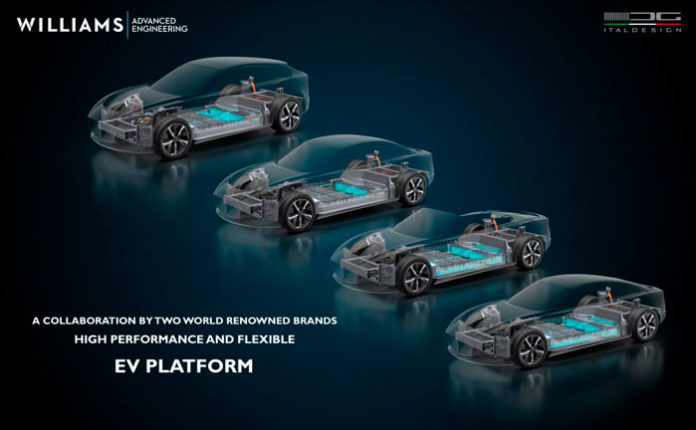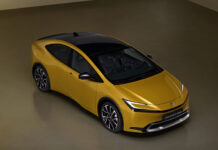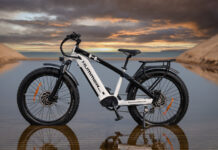The world’s leading car manufacturers are actively developing electric vehicles of various types and models. UK-based engineering company Williams Advanced Engineering (WAE) and Italian design firm Italdesign have collaborated to create a universal EVX platform for electric sports cars, premium sedans or SUVs. At the same time, the power of electric motors can reach 1000 kW, and the radius of an autonomous trip is up to 1000 km. The number of motors can also vary according to the customers’ wishes.
The main advantage of the EVX platform is its versatility, which makes it possible to assemble electric vehicles of various classes and with various technical characteristics. Another advantage of the platform is the increased strength of the case due to the use of composite materials and aluminum, as well as the integration of the battery pack into the supporting structure. The battery case is integrated between the front and rear of the platform, which are joined at the sides by a rigid composite frame.
As a result, the ultimate shock and torsional load that a future car can withstand increases significantly, and designers can create various car bodies without worrying about strength indicators.
Now any customer or OEM manufacturer will be able to provide only their own technical condition describing the general vision of the future electric vehicle: bodywork type (sedan, pickup, crossover or sports car), drive type (rear, front or four-wheel) and estimated power and autonomy. The rest will be done by Italdesign designers and WAE engineers.
The wheelbase of future electric vehicles from Anglo-Italian developers will range from 2900 to 3100 mm. The number of engines ranges from two to four. The distance covered on a single charge of a lithium battery is up to 1000 km with a capacity from 104 to 160 kWh. The acceleration speed to 100 kph can be as little as 2.4 seconds.
The companies are ready to provide the customers with the supply of 500 cars assembled at the Italdesign plant, while any OEM can count on the ability to produce up to 10,000 electric cars per year at its own production facilities. The time from the release of the technical specification to the appearance of the first prototype will be less than a year, and serial production can be organized in three years.







